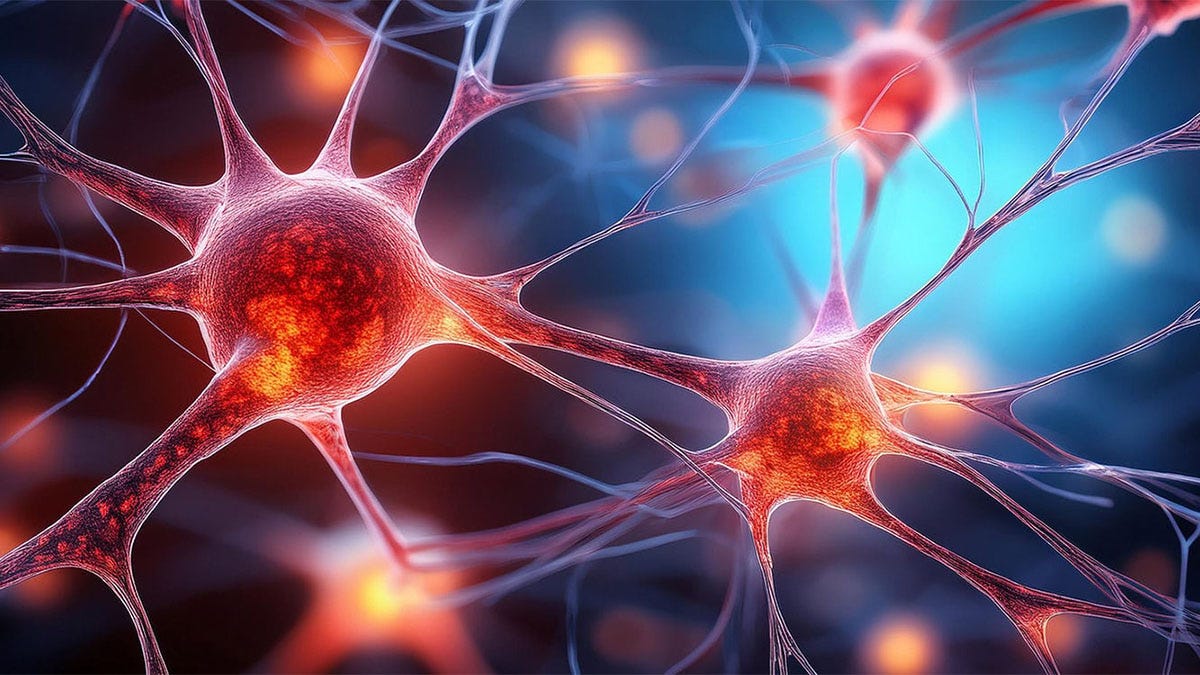how we separate, or mix, fact and fiction
How we can tell what is the the real life and what is just a fantasy? And what does it say about our evolution and potential?
One of the trickiest things about the brain is that far from being neatly separated into tidy regions responsible for discrete tasks, it’s actually evolution’s mix and match box of wires and chemicals that continues to confound as the deeper we look. Not only do we process stimuli and information at wildly different rates, but key parts of our minds are multi-use. And that includes our ability to tell reality from our imagination.
For example, we all daydream, especially in long, tedious status meetings to which we were invited seemingly to pad the number of attendees. We also see shapes, faces, or images that send our minds racing into new directions. In some cases, we do struggle to tell what’s just in our mind’s eye and what we’re really seeing, indicating that we’re using the same mechanisms to imagine and to process the real world.
But why do we daydream? More importantly, how do we know what’s real and what’s not with the same set of neural circuitry? The answer to the first question is still pretty speculative, but science may actually have a more definitive response to the second thanks to a series of studies involving optical illusions and functional MRIs.
It all comes down to signal vs. noise. Imaginary friends and real ones register more or less the same way in the fusiform gyrus — which are a pair of oblong sections close to the base of the brain involved in all sorts of visual processing — but real people have a much stronger signal associated with them. A link to the prefrontal cortex, the seat of executive function, then decides if the signal is strong enough to qualify as reality.
When there’s a breakdown of this communication or the signal is exaggerated due to drugs, an injury, a mental illness, or just a very vivid, hyperactive imagination we start to hallucinate as the signal becomes too strong to dismiss. Exactly how bad it gets or how often it happens will depend on the root cause.
Therein lies the hint of how we evolved an imagination in the first place. The scientific consensus says that imagining things is a method of problem-solving. Our minds can effectively run simulations, considering many different possibilities and our responses without the need for immediate decisions thanks to excess bandwidth and the ability to register weak visual signals without automatically discarding it as irrelevant, holding on to mental ghosts and playing with them as we’d like.
That’s why directed visualization coupled with deliberate practice is widely accepted to help you improve an awful lot of skills. You’re turning potential responses to a range of different scenarios into reflexes which allow your mind to focus on simply doing the things you need to do when the signals from your fusiform gyrus are strong enough to signal that it’s go time. Obviously your results will vary tremendously, but this is more or less the basic concept.
All of this tells us a couple of important things about how to better understand and be kind to our minds. Boredom, imagination, daydreaming, and storytelling aren’t a waste of time. They’re important evolutionary adaptations to problem-solving and long term planning, and treating them as indolence because we’re not hitting some productivity metrics, or rushing to fill our downtime with loud distractions and content to capitalize on it is a profound misunderstanding of how humans are supposed to work.
It also tells us that trying to capture the connectome, or the exact mapping of how all our neurons are wired to each other, will not be a shortcut to implementation of AGI as per increasingly breathless pitches by AI startups which have turned the pursuit of an AI model to rule them all into a quasi-religion, especially when it comes to chatbots.
A connectome is only a snapshot in time, specifically the last known state of the brain before death and scanning. Our minds constantly change and rewire themselves, and as we just saw, the same structures are used for different processes. Ultimately, a full blown connectome can yield useful insights, but it’s just a small part of the story since we also need to capture the conscious and autonomic processes of the brain to get a complete understanding of what’s happening under the hood.
Ultimately, studying things like how the brain parses reality, fiction, fantasy, or fails to, gets us much closer to understanding how we actually function and gives us all sorts of useful insights into why we are the way that we are, and how to leverage our minds to reach their full potential.
See: Dijkstra, N. et al. (2025) A neural basis for distinguishing imagination from reality, Neuron, DOI: 10.1016/j.neuron.2025.05.015



